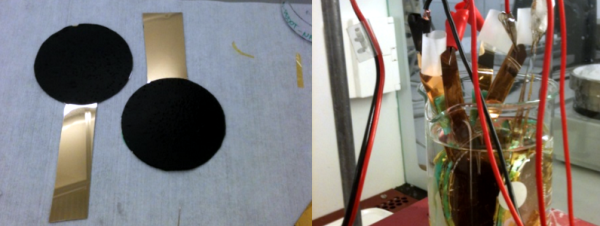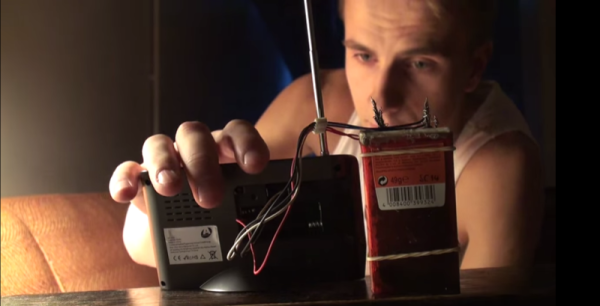Pity the lowly lead-acid battery. A century of use as the go-to method for storing enough electrons to spin the starter motor of a car engine has endeared it to few. Will newer technology supplant that heavy, toxic, and corrosive black box under your hood? If this supercapacitor boost box is any indication, then we’d say lead-acid’s days are numbered.
To be fair, we’ll bet that number is still pretty big. It takes a lot to displace a tried and true technology, especially for something as optimized as the lead-acid battery. But [lasersaber]’s build shows just how far capacitive storage has come from the days when supercaps were relegated to keeping your PC’s clock running. With six commercial 400F caps and a custom-built balance board, the bank takes a charge from a cheap 24V hand generator. The output is either to a heavy-duty lighter socket or some automotive-style lugs, and the whole thing is housed in a simple box partially constructed using energy stored in the bank. Can the supercaps start a car? Stay tuned after the break for the answer.
Although we’ve seen supercaps replace a motorcycle battery before, we’re a little disappointed that the caps used here only have a 1500-hour life – lead-acid wins that fight hands down. But this one gives us lots of ideas for future builds, and we’re heartened by the fact that the supercaps for this build ring up to less than $70.
Continue reading “Hand Cranked Generator Charges Supercaps, Starts Car”


















